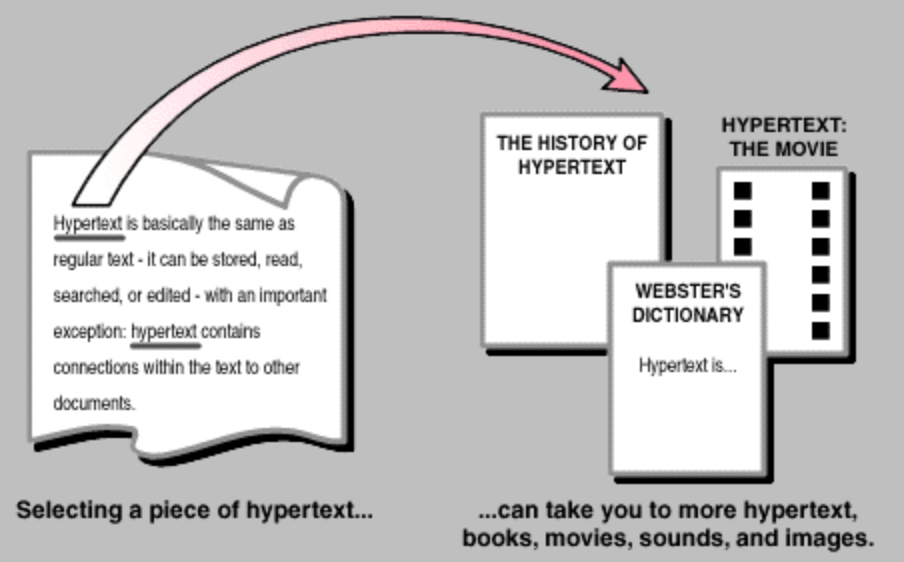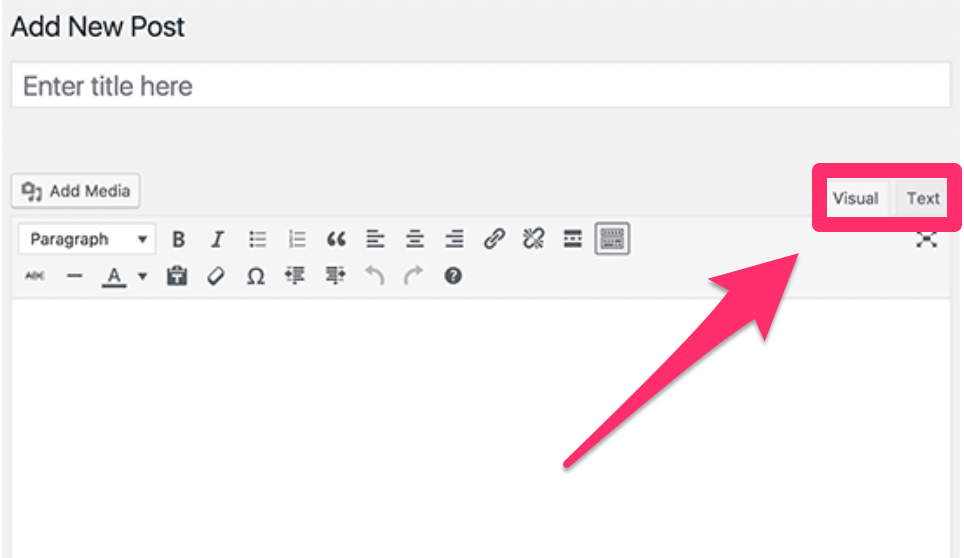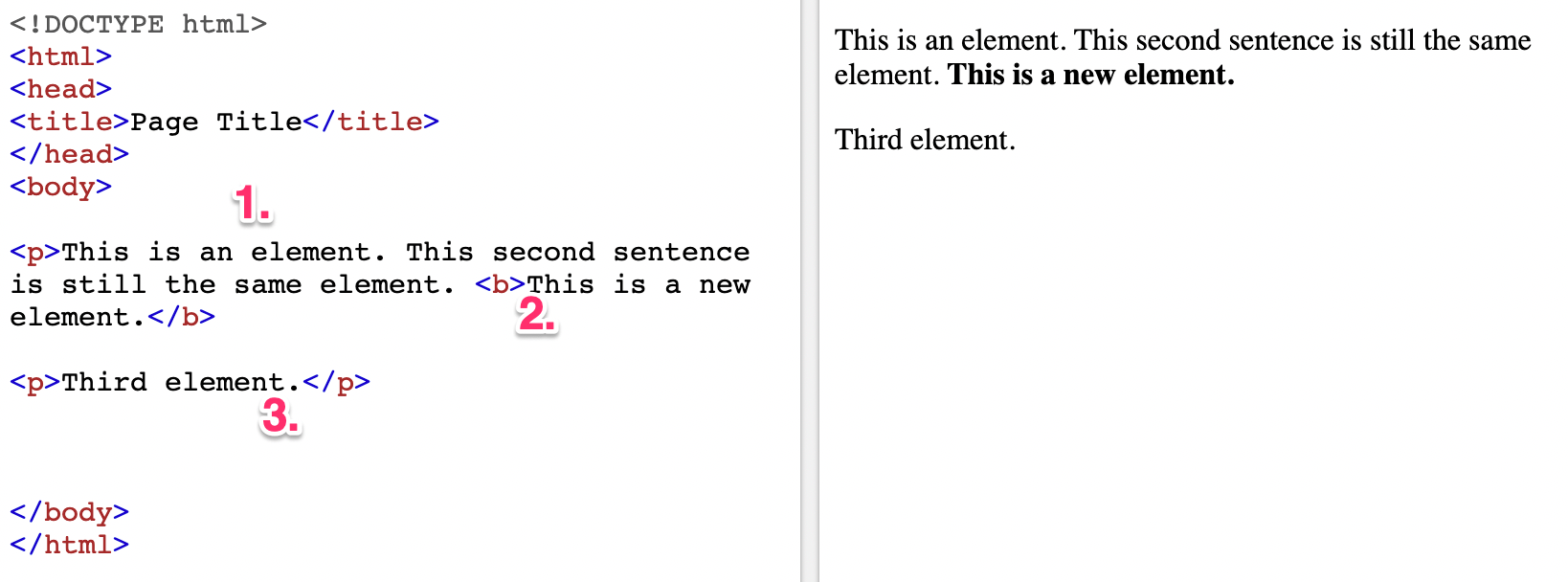There are practically 1.7 billion internet websites worldwide. This quantity continues to develop every day.
What do all of these internet sites have in popular? In one particular way or a further, they all use some kind of HTML. That is why studying fundamental HTML is such a helpful talent.
Here’s the factor. You can surely make a internet site devoid of obtaining to create a line of code. But with that stated, after your web page is reside you should really nonetheless know how to study and some HTML on your personal.
So regardless of whether you are producing a new internet site, have an current internet site, or you just want to discover much more about coding, this is guide will serve as the excellent introduction to HTML for you.
Let’s commence with the fundamentals. What specifically is HTML?
This acronym stands for Hypertext Markup Language. Generally, it is the common format employed to build net pages, net applications, and documents. This personal computer language is a series of code that is commonly written in a text file and then saved as HTML. When viewed on a net browser, this code translates to a appropriately formatted blend of text and other media.
HTML is behind each and every net web page you see on the web, like this web page that you are reading correct now.
As I’ve currently described, HTML stands for hypertext markup language. But these words do not imply significantly to most people today, so I want to break them down even additional so you can completely comprehend the definition.
The word hypertext dates back much more than 50 years. It was invented to describe hyperlinks in a document that make it attainable for a viewer to jump to a further location in the document or to a totally new document. This is a thing that we see and use each and every day in the modern day World-wide-web.
Here’s a visual representation of what hypertext appears like.

I’m certain you are familiar with hyperlinks, which is a kind of hypertext.
As you browse on the web, you will see either http:// or https:// prior to each and every net web page in your net browser. This stands for hypertext transfer protocol.
Markup language refers to how documents and net pages are displayed. You see words that are bold, italic, or bigger on a web page. But behind the scenes, the markup language is the explanation why particular elements seem differently on a web page.
Markups are characterized by tags and attributes. Most of the time these tags come in pairs. There are commence tags and finish tags, which are also recognized as opening tags and closing tags.
HTML is the default language for all internet websites on the World-wide-web. But it is also employed for numerous sorts of documents, such as ebooks.
When an HTML document gets rendered by a net browser, all of the markup language and tags are hidden. The show automatically gets changed to show a reader-friendly version of the document (what you are seeing correct now).
Do you require to discover HTML to build a internet site?
The quick answer is no. Unless you are organizing to make pages from scratch and pursue net improvement, you will not necessarily require to know each and every single element of HTML.
You can most likely get away devoid of recognizing HTML if you are employing a CMS, internet site builder, or blogging platform. For instance, if you are employing WordPress as your blogging CMS, the visual editor automatically translates your text to HTML.

Functioning in the visual editor will show content material related to a common e mail message or Microsoft Word document.
With that stated, there are instances when visual editors do not often operate the way you want to. You may discover your self in a circumstance exactly where you want to format a thing a particular way and it is not acquiring displayed appropriately.
In addition, your HTML also desires to be optimized for non-human readers. Search engine bots are crawling your internet site for indexing purposes. The way that your HTML gets study will have an influence on your Search engine optimization.
Web page accessibility also desires to be taken into consideration. Computer systems can translate net pages into sound for people today with disabilities. They rely on the structure and high quality of HTML for this.
Though the platforms on the industry currently make it attainable to operate a internet site devoid of recognizing HTML, it is nonetheless in your most effective interest to discover the fundamentals.
For these of you who are organizing to build net pages employing HTML, you will require to use an HTML editor.
These editors are the most effective way to organize your code and preserve almost everything clean. Editors are terrific for the reason that they recognize anytime a new tag is opened. These tags are automatically closed by the computer software, guaranteeing that your code does not have bugs. This also limits the quantity of typing and keystrokes you have to make.
The most effective HTML editors let you preview your HTML to see how the content material will appear from a net browser. There are tons of possibilities on the web. But I’ve narrowed down a handful of the leading HTML editors for you to take into account.
You can also practice HTML with this free of charge tool from W3Schools. That is what I’m going to use to show you examples of HTML as we continue.
Prior to you commence writing HTML, you require to comprehend the 3 major elements.
These can be described as the constructing blocks or foundation of HTML. As soon as you discover what these are and how they operate, it will be less difficult for you to move forward. I’ll go into higher detail on every of these beneath.
In quick, tags are employed to distinguish HTML code from regular text. The way your document gets displayed will be primarily based on the tag guidelines.
Here’s an instance. Let’s say you want to make a thing bold.
The tag for bold is <b> </b>. This compares to the standard text, which is <p> </p>, or a common paragraph text.
As soon as the code is rendered, it is displayed how we would ordinarily see it on a net web page, as you can see from the correct side of the screenshot above.
Now let’s say you wanted to make a thing italicized. The HTML tag would appear like this: <i> </i>
Fairly simple, correct?
All I’m performing is employing the tags to transform the way the text seems when it is on a net web page.
Take a appear at these tags closely. Do you notice a distinction in between the opening tag and closing tag? The closing tags have a slash, indicating that the italics, bold, or what ever other tag you are employing stops right here.
If that instance above didn’t have a slash in the closing tag, something written soon after it would continue to be italicized.
Hyperlinks are also designed with tags. Here’s what the HTML tag would appear like if I wanted to hyperlink to the our homepage.
[/et_pb_text][et_pb_text _builder_version=”4.0.5″]
<a href=”https://aarond17.sg-host.com”>Concept To Web</a>
[/et_pb_text][et_pb_text _builder_version=”4.0.5″]
This tag is a small bit much more in-depth than the bold and italics examples. But the exact same idea nonetheless applies.
There is an opening tag and closing tag with text in in between. The way these tags are written determines what the outcome will appear like on the net web page.
Just about every net web page begins with a . Then the 1st line of the file says as effectively. You can see this on the 3 examples that I showed you above. This tells browsers how to study the code.
An HTML element consists of the opening tag, closing tag, and the content material in in between the two.
So when we have been going by way of various examples of tags, every instance was a new element. For instance, let’s take a appear at some possible lines of HTML.

When you appear on the correct side of the screen at the web page version of this code, you see 4 total sentences and two paragraphs.
Now, appear at the HTML code on the left side of this split screen. You can see how the 3 various components are identified.
Components can be easy, such as the bold instance above, or they can be a bit much more complicated.
The document above begins with an open tag, and also ends with a closed tag. So almost everything inside these two tags can also be regarded one particular element. But inside that complete physique, there could be dozens, hundreds, or thousands of more components, based on how lengthy and complicated your content material is.
For the most component, tags are employed to define how content material is displayed in HTML. But with that stated, there are instances when more info inside an element desires to be added.
In these situations, you would use an attribute to define a distinct characteristic of the element in query. Attributes consist of two points:
They are placed inside the commence tag of an element. Here’s an instance to show you what I imply.

The attribute employed right here is align=”center” and it falls inside the opening tag. It signifies that what ever text comes prior to the closing tag will have a distinct characteristic defined by the attribution.
In this case, the attribute stated to center the text.
We saw a further instance of this earlier when I designed a hyperlink for the Concept To Web home page.
There are thousands of various approaches you can create content material in HTML. But if you are just beginning out with, there’s no explanation for you to discover all of them correct away.
As an alternative, I’ll show you some fundamental HTML tags and clarify what they’re employed for. Then you can practice applying them in an HTML editor.
These tags are employed to showcase distinct info on pages such as title tags and meta tags. Correct use of heading tags can enhance your search engine targeted traffic.
Your title will seem inside the header of the web page. It will give search engine crawlers much more info about the key content material of a certain web page.
You have observed these all through the examples that I showed you above. They denote a new paragraph of text.
This tag and attribute is employed to show the anchor text for hyperlinks. The complete hyperlink would be written in in between the quotation marks.
Image tags are employed to present image files on the web page.
This tag includes all of the info connected to content material in a table. It also identifies content material as a table.
Something in in between these tags would be in the footer block of a web page.
Just about every internet site makes use of HTML. So if you are constructing a internet site or at present handle a internet site, it is in your most effective interest to know what’s going on behind the scenes of your net pages.
I’m not suggesting that you should really go out and commence constructing pages from scratch devoid of any expertise as a developer. There’s truly no explanation for that.
But you should really have a fundamental understanding of what HTML is, how it performs, and exactly where to edit it on your internet site.
Here’s what I recommend. Use one particular of the HTML editors that I showed you earlier to practice your fundamental coding capabilities. Then just go by way of and attempt to replicate some of the examples that I covered in this newbie guide.
That is the most effective way to get your feet wet with HTML if you do not have any expertise with it.